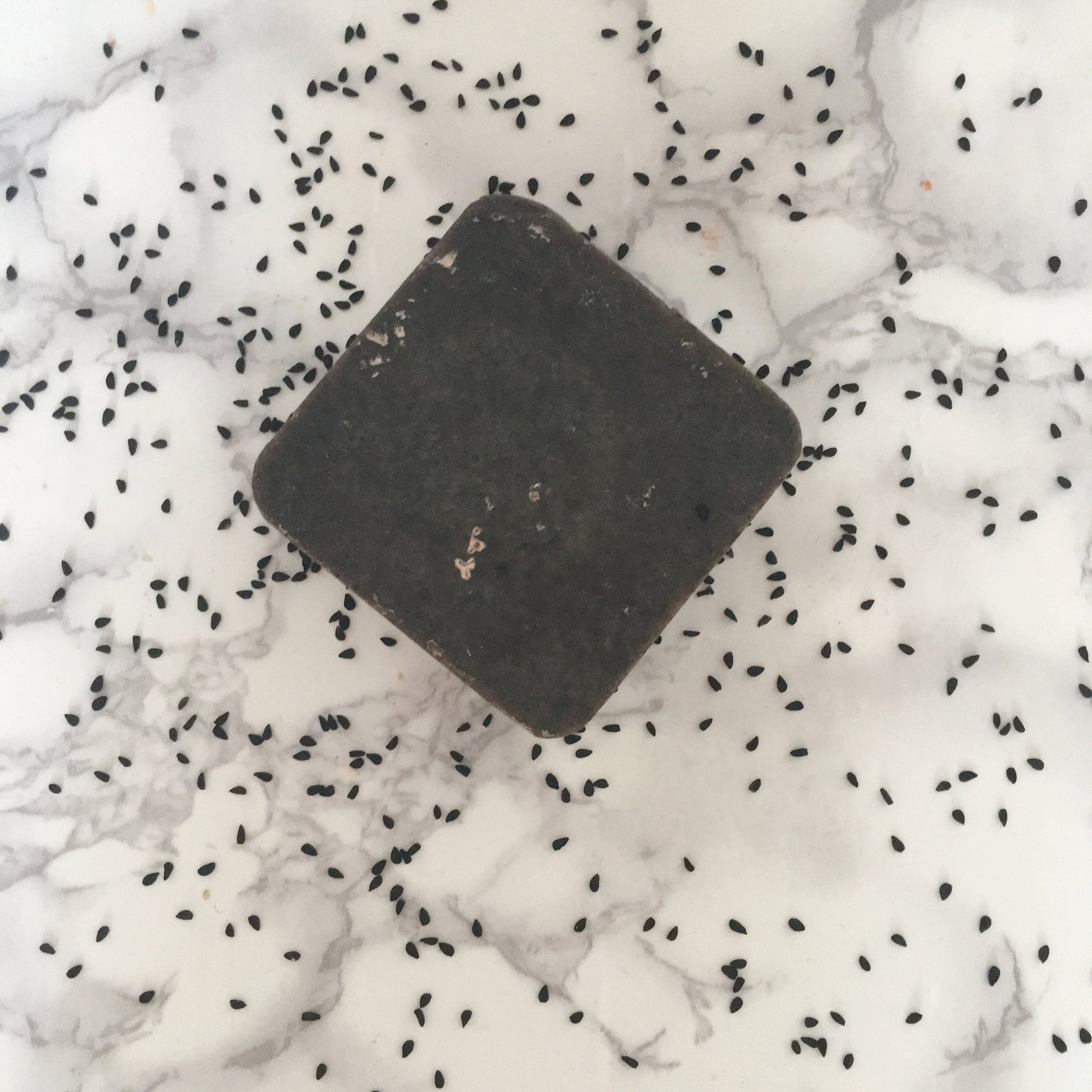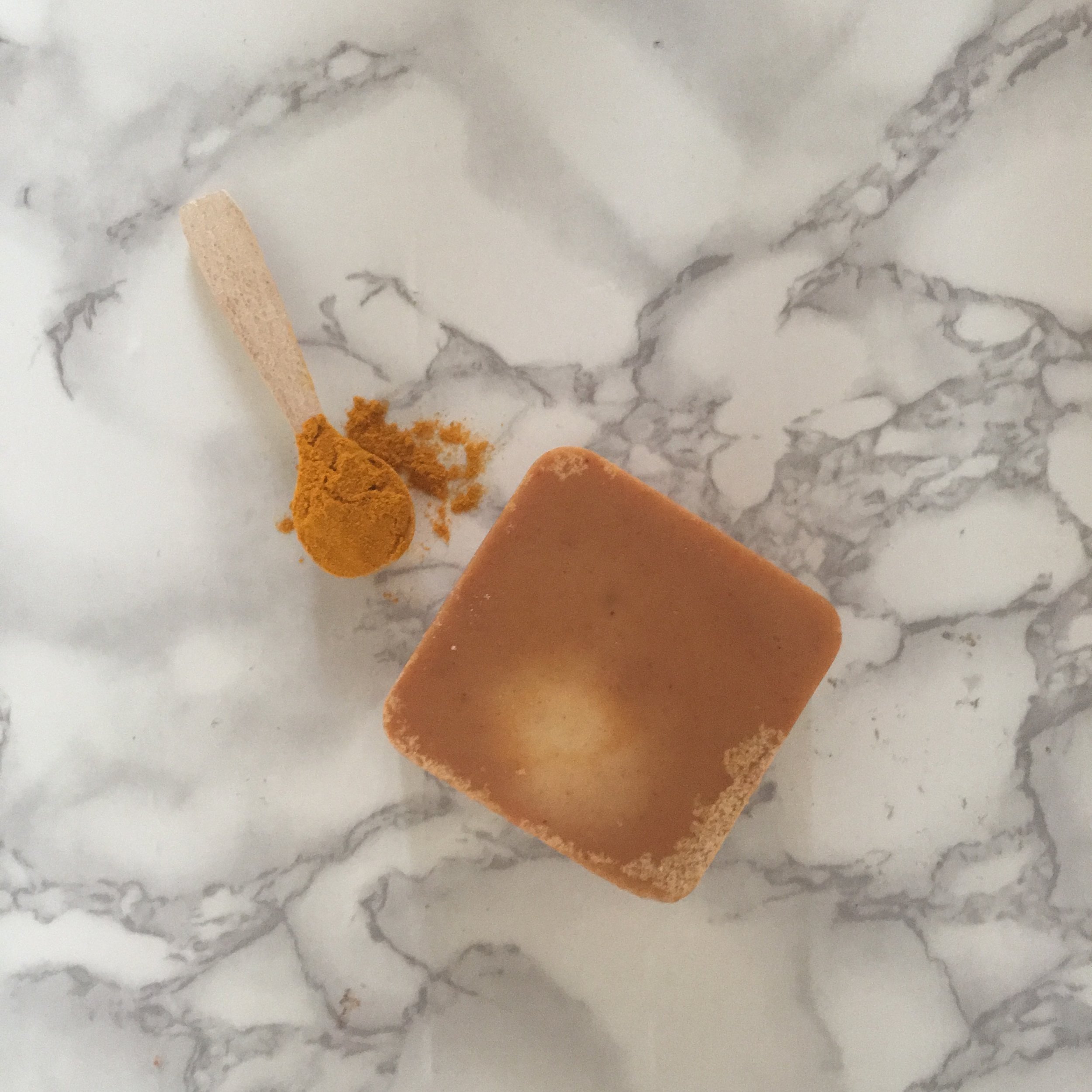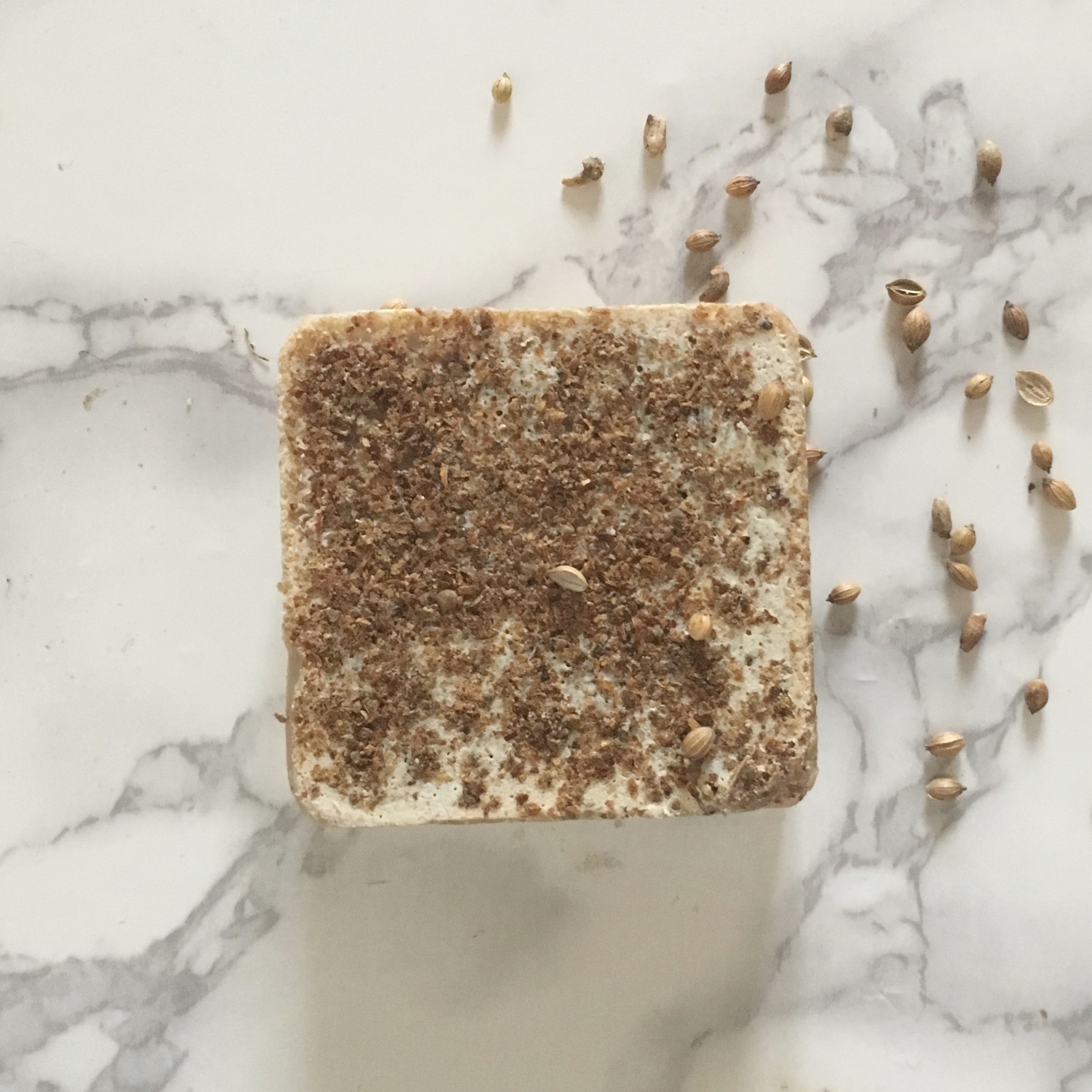Ghee Soap Inspired by India
I have wanted to make ghee soap for a while now and I also wanted to do something a bit different, and drawing on the ghee, make this a bit more Indian themed. Ghee is traditionally used in Indian cooking and adds great flavour to food. I have heard that it also makes for a creamy, moisturising bar of soap.
Luckily my local Indian cash and carry has many fantastic herbs and spices that I could choose from and they also carry ghee. What is ghee? In short it is clarified butter made from buffalo or cow. Clarified butter is 'milk fat rendered from butter to separate the milk solids and water from the butterfat. Typically, it is produced by melting butter and allowing the components to separate by density.' (Wiki) It is in no way suitable if you are a vegan or if you have a problem using milk in natural cosmetic products.
The only time I have made clarified butter is when I had a thing for Eggs Benedict and that called for Hollandaise Sauce. That fetish went on for a while, but that's another story.
Going back to Ghee; it is supposed to be a great moisuriser when used on its own and in soap. The SAP value of ghee is 0.162. At room temperature it's pretty hard, this is due to its fatty acid content: (approximately) 28% palmitic, 12% stearic, 19% oleic and 4% lauric acid. Ghee has a very nice scent - it is sweet and well, buttery. However, from investigating online, people reported an unfortunate scent to their soap when enough of it is used. Based on this information I used only 10% in my trial in the hope that it will give a nice creamy bar, and minimal smell. I am not using any fragrance in these soaps.
Along with the ghee, I used coconut oil for cleansing and bubbles, and olive oil for moisturisation. I try not to deviate too much from my normal base recipe when I try something new, so then I can see what value it brings to the end product.
The following, is as usual, a very simple formulation for ghee soap, with the addition of some other ingredients that are commonly used in the Indian kitchen. I chose food grade tumeric powder, nigella or black cumin seeds and crushed coriander seeds. Coming from a mixed background, with an Indian grandfather, I am also quite partial to using these spices in my food. I also like using blackseed oil in my own product range, for its healing properties.
None of the bars contain fragrance or essential oils. I did use Kewra water, in the hope that it might add some perfume or another quality to the soap. For anyone unfamiliar, Kewra water is is an extract distilled from the flower of the pandanus plant. It features a lot in Southern Asian cooking. I think it smells a lot like rose water but with a slightly more earthy and fruity undertones.
The Soap Base (makes 500g)
SUPERFAT: 7%
FRAGRANCE: 0
Ghee, Bovine (10%) 50 g
Coconut Oil (25%) 125 g
Olive Oil (65) 325 g
Water 190 g
Sodium Hydroxide 69.77
TO MAKE THE SOAP BATTER FOLLOW THE BASIC COLD PROCESSED SOAP METHOD.
To approximately 100g of soap batter I added the following:
Soap 1: 8g crushed coriander
Soap 2: 7g Ground nigella sativa (Blackseed)
Soap3: 1g Tumeric powder
Soap 4: Plain
I would unmould after 2 days and leave these to cure for 6 weeks.
The Verdict:
I thoroughly enjoyed making these soaps which are creamy and luxurious. Halfway through the curing I did smell them. The plain one (shown on the right) did have a slight eau de vomit, if I am completely honest. The blackseed bar was the best, as the peppery scent of the black cumin seems to have a deodorising effect. In short they do smell a little bit but I think the scent is so light it can be disguised with the right kind of essential oil or fragrance blend. Also, to add, the plain one has discolouration and went from being a creamy white to a pinkish hue.




